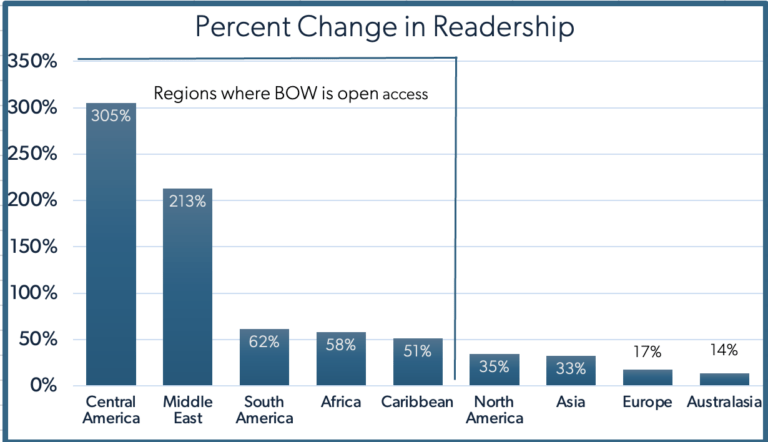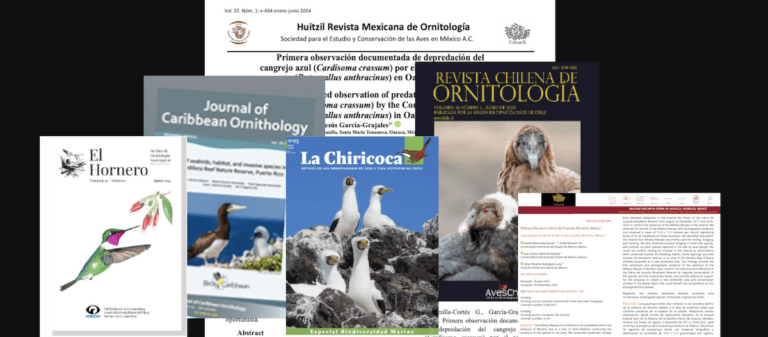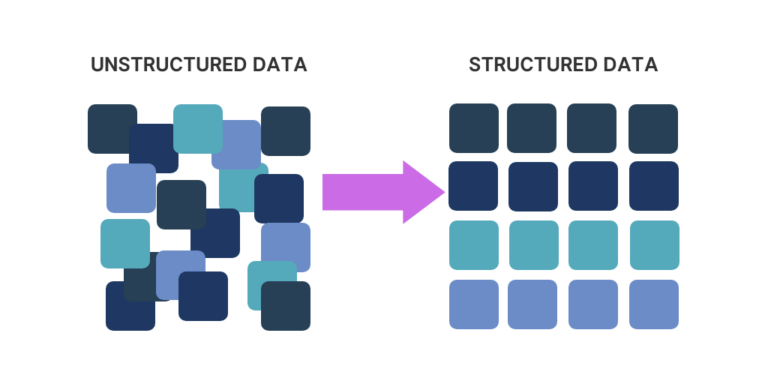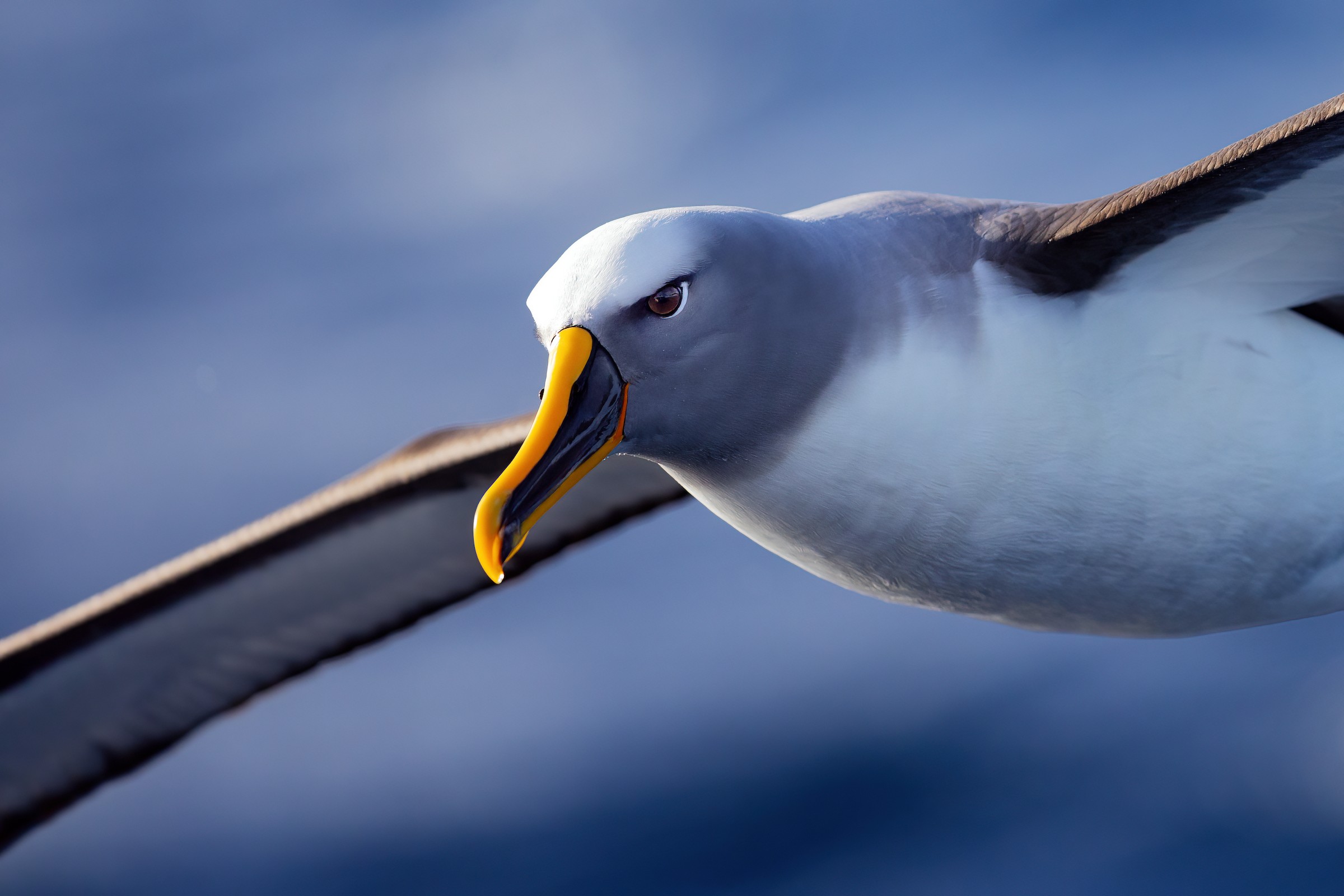Cover photo: Buller’s Albatross (Thalassarche bulleri). JJ Harrison
The Cornell Lab of Ornithology launched Birds of the World (BOW) in 2020 with a central mission: to build and maintain a comprehensive, global knowledge base of avian life histories and advanced data resources to support scientific research and conservation.
The BOW platform, which began as a scholarly synthesis of several celebrated works with millions of bird observations from eBird and multimedia from the Macaulay Library, has grown substantially over the last five plus years, thanks to a global scholarly network. Today, more than 2,800 of the platform’s 11,145 species accounts have been updated, thousands of range maps have been revised with new distribution data, and countless media assets have been curated and captioned, illustrating birds’ complex and fascinating lives. Site readership spans 140 countries, serving diverse stakeholders including biologists, birders, conservationists, universities, NGOs, and agency personnel. Users continually report their reliance on BOW’s authoritative content for professional research, conservation, education, and inspiration.
The BOW platform is now expanding beyond its origin as a monograph series to become a dynamic, data-driven resource that better serves our readers and meets an urgent need for targeted bird conservation. Based on feedback from users, we believe these programs and enhancements–which will stay rooted in the narrative format upon which many people depend–will help BOW meet the complex demands of modern ornithology while guarding its reputation as a comprehensive and authoritative source for avian life histories. To this end, the BOW team is currently pursuing four strategic objectives:
- Developing Scholarly Partner Networks
A growing collaboration of regional partners now curate and update BOW life history accounts. Driven by a passion for birds and knowledge sharing, partners document the natural history of birds in their region, making the data available to advance local projects. We have already built a strong partner network in Central and South America and look forward to developing relationships in Europe and East-Asia. Meanwhile, several other partner-based leads are engaging people in their own communities. Partners now lead at least one-third of BOW profile updates (individual contributors can be thanked for the rest)! Learn more about our partner program or sign up to contribute your expertise.


Image: Birds of the World regional partner network.
- Expanding Global Accessibility
While BOW still relies on subscription revenue, we’ve made significant strides in broadening open access. The platform is now freely available throughout Central and South America, Africa, and the Middle East via our content partner program. Open access has clearly demonstrated that accessibility catalyzes both content contributions and utilization by locals (see figure below). To further enhance accessibility, BOW was translated into Spanish in 2024, which dramatically increased BOW’s reach across Central and South America. We are currently working on Portuguese and French; more languages will be added in the future. We are excited that BOW reaches further than ever before.


Graphic: A dramatic change in readership was observed (from 2024 to 2025) in regions where BOW became open access.
- Addressing Artificial Knowledge Gaps
BOW profiles identify what is known about a species, but they also reveal knowledge gaps, which present opportunities for further research or documentation. As others have discussed, some knowledge gaps are artificial; they exist simply because geographical and language barriers limit what information is reported in North American or European journals. However, a bounty of knowledge exists in non-English journals, often written by people who share the similar or nearby habitats. To address these gaps, we’ve developed a program where partners synthesize species observations from non-English publications and systematically include them in BOW. Journal translations underway include: El Hornero, Huitzil Revista Mexicana De Ornitología, Revista Chilena de Ornitología, La Chiricoca and Journal of Caribbean Ornithology. If you’d like to be involved in a journal synthesis project, minigrants are available. Contact us!


4. Developing Structured Datasets
In today’s data-driven landscape, the ability to extract structured information from unstructured text is crucial. To meet the demands of researchers, the platform is taking steps to evolve into a comprehensive science platform that delivers narrative life histories, structured datasets, and exportable downloads. As one example, a Cornell Lab postdoc is laying the foundation for a global traits database that can underpin many of the ornithological questions being asked today. Updates will be shared as her development progresses and at some point, we’ll ask for the community’s help in populating the database.


We’re excited about the future of Birds of the World and are grateful to all whose work helped make it the most comprehensive and authoritative platform for avian life histories. Interested in offering feedback, news, or content? Please send an email to birds@birdsoftheworld.org and we’ll share it with the team.


